Do you know only 39% of a sales rep’s time goes into selling or interacting with prospects? That’s probably why the sales quota is not met. In today’s fast-paced world, persuading potential customers to purchase is challenging.
Without the power of personal selling, you can struggle as a sales rep to connect with your prospects and secure those crucial sales. Also, if you are new to the sales world, you may not be well aware of the concept.
But don’t worry!
This blog post will explore personal selling and explain simple steps and strategies to help you close deals faster and more effectively.
Get ready to discover the secrets successful businesses use to connect with potential customers personally and turn prospects into loyal clients. Let’s dive in!
Table of Contents
- What is Personal Selling?
- Why is the Personal Selling Process Important?
- Personal Selling Advantages and Disadvantages
- When To Use Personal Selling?
- The Personal Selling Process
- Personal Selling Strategies
- Tips for Developing a Personal Selling Strategy
- Personal Selling Skills
- Personal Selling Examples
- FAQs
What Is Personal Selling?
Personal selling is like having a one-on-one conversation with a prospect to convince them to buy a product or service. It’s when a salesperson talks directly to potential customers, trying to understand their problems or “pain points,” and then offers a solution.
The personal selling process is a journey. First, you meet the prospects and try to build a friendly connection. Then, you ask questions to determine their needs and how your product can help. Once you know that, you use the personal selling strategies and techniques to explain why your product is the best choice.
Personal selling is like being a friendly guide who takes the potential customer through the sales process. It’s about making them feel comfortable and confident in buying. Thus, the selling approach is about talking to people directly, understanding their needs, and using strategies and techniques to guide them toward purchasing.
Why is the Personal Selling Process Important?
The personal selling process is crucial because it’s like the sales superhero. Imagine you’re trying to sell something, the personal selling process is your trusty sidekick that makes the whole thing work smoothly.
Here’s what the selling approach helps you with,
- Connecting with Prospects: You can use this process to talk directly to potential customers. It’s like having a friendly chat, not a boring sales pitch. This connection helps build trust and a good relationship.
- Understanding Needs: The process helps determine what potential customers need. You can use selling techniques to ask questions and listen carefully to discover how their product can solve problems or pain points.
- Qualifying Leads: Personal selling is like a filter. It helps decide which potential customers are the best fit for the product. It is called lead qualification.
- Boosting Sales: The process isn’t pushy; it’s about guiding prospects towards a decision they’re comfortable with. It makes it more likely that they’ll say “yes” and make a purchase.
In a nutshell, the personal selling process is like having your own sales superhero squad. You connect, understand, qualify, and close deals, ensuring prospects get what they need and the sales team hits their targets.
Personal Selling Advantages and Disadvantages
Like any business approach, personal selling has its advantages and disadvantages. Consider the following factors carefully before integrating personal selling into your sales strategy.
Advantages of Personal Selling
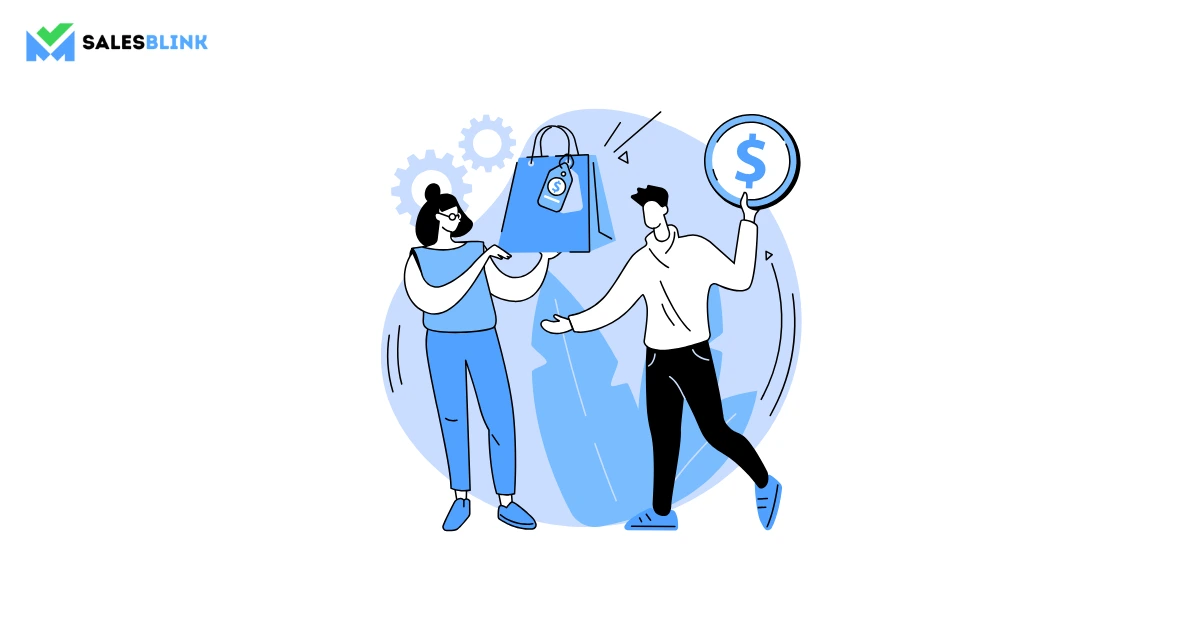
Personal selling offers significant advantages, considering that 92% of customers expect a personalized experience, and 80% are inclined to buy from companies that excel in personalization. Here are the key benefits:
- Building Strong Connections: When you use a personal selling approach, you can talk to your prospects in a way that makes them trust you and feel close to your business. It’s like building strong friendships with them.
- Handling Questions and Concerns Fast: Your sales team can answer your prospects’ questions and worries in a way that’s just right for each person. It helps them feel more comfortable about buying from you.
- Understanding What Prospects Need and Helping Them: With personal selling, you can learn what your prospects want and why they’re interested in your offer. Then, you can give them exactly what they need.
- Getting More Sales: Personal sales techniques make people more likely to buy from you. It’s like having a special way of talking to them that works well and costs less than other methods.
- Keeping Customers Happy: When you build strong relationships with your customers, they will likely stay with you and not go to someone else. It is important because it means they’ll keep coming back to you and might even tell their friends about your solution.
Disadvantages of personal selling
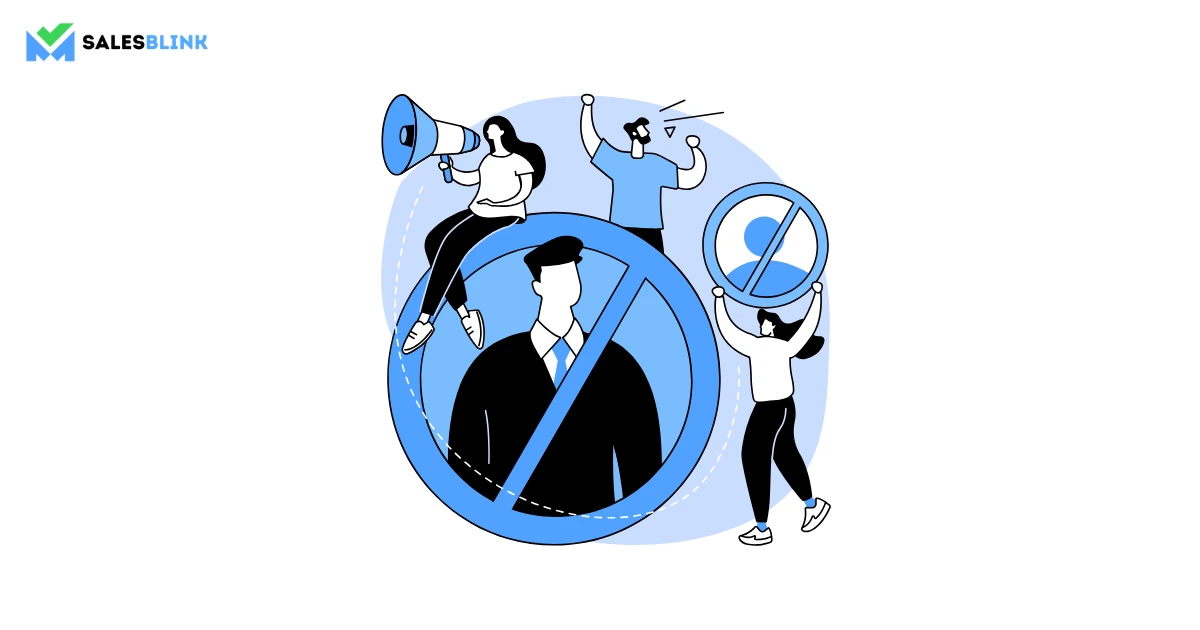
Let’s talk about the not-so-great things about the selling approach, even though it usually helps businesses more than it doesn’t.
- Personal selling is resource-intensive: Personal selling can use time and money. Imagine spending about 6 hours a week just on research. It might seem like it costs a lot at the beginning. But in the end, the results you get are usually well worth the time and money you put in.
- Success takes time: Getting quick sales by reaching many people simultaneously can work faster than personal selling. But remember, this approach is like growing a long-lasting friendship. It takes more time, but in the end, it’s better because you build stronger relationships and make more sales in the long run.
- Your pool may be smaller: When you do personal selling, you can’t talk to many people simultaneously, like in a big crowd. Instead, you spend time finding the right people who are most likely to buy.
Even though this might seem like a problem, it’s a good thing.
Why?
Because when sales reps focus on the right people, they build strong relationships with them. These strong relationships mean those people are more likely to become customers and keep buying for a long time. It’s like having a small group of really good friends instead of a big group of acquaintances.
So, even though personal selling can be expensive and time-consuming, it often leads to great results because it’s like making friends with the right people who become loyal customers.
When To Use Personal Selling?
Here’s when this selling approach is a good idea:
- When You Have a Complex Product: If what you’re selling is tricky to understand, talking to the prospects one-on-one can help explain it better.
- For High-Value Items: Personal selling can make prospects feel more confident about their purchase when your product is expensive or important.
- Building Relationships: Personal selling is great for building a strong connection with potential customers and making them trust your business.
- Handling Specific Needs: When prospects have unique questions or concerns, personal selling lets you give them exactly what they need.
- Long-Term Customers: If you’re looking for potential customers who will stick around for a while and keep coming back, personal selling helps create long-term relationships.
So, this selling approach is like a secret weapon when you want to make prospects understand, trust, and value what you’re offering.
The Personal Selling Process
Consider personal selling a step-by-step journey that salespeople take to transform interested folks into happy customers. It’s like magic but with a clear plan! Let’s look at the process.
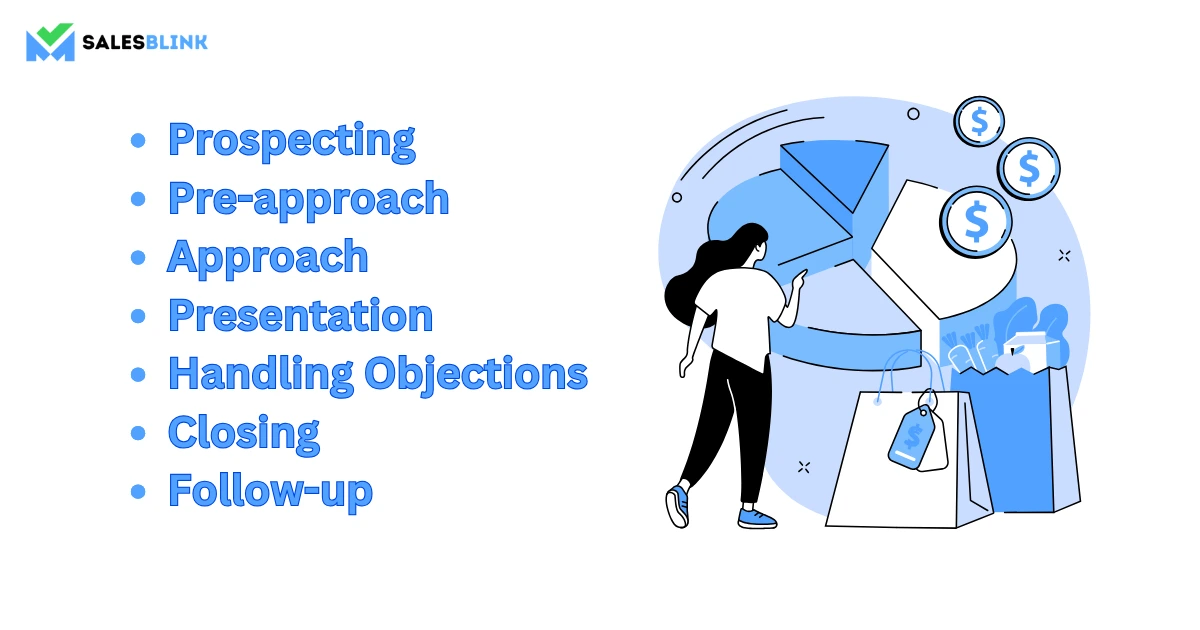
1. Prospecting
It is the starting point of your journey. Prospecting is like fishing for the right catch. You have to try to find potential customers most likely interested in what you are selling. It’s not about reaching out to just anyone; it’s about targeting the right people. Techniques like research, surveys, and referrals help identify these potential customers.
2. Pre-approach
Once you’ve spotted your potential customers, it’s time to prepare for the approach. Imagine this as getting ready before meeting someone important. You have to gather information about the prospect, like their needs, preferences, and challenges. It helps tailor the sales pitch to their specific interests. It is one of the important parts of personal selling techniques.
3. Approach
Now it’s time to say hello! The approach is like introducing yourself at a party. As a sales professional, you must make the first contact with the potential customer, and it’s crucial to make a positive impression. This stage involves starting a conversation, building rapport, and getting the prospect’s attention.
4. Presentation
It is where the real show begins. Presenting is like showing off your product or service in the best light. You have to use personal selling techniques to explain how your product or service can solve the prospect’s problems or meet their needs. Visual aids, demonstrations, and storytelling are all part of this stage.
5. Handling Objections
Sometimes, prospects might have questions or concerns. Handling objections is like addressing those doubts and reassuring them. You can use your knowledge and selling strategies to answer these objections, showing the prospect that your product or service is the right choice.
6. Closing
It is the moment of truth! Closing the deal is like sealing the deal. After all the discussion and presentation, it’s time to ask the prospect if they’re ready to purchase. This stage involves using persuasive techniques to encourage the potential customer to say “yes.”
7. Follow-up
The journey continues after a sale. Follow-up is like maintaining a friendship with customers. Continue to engage with the customer even after the purchase. It ensures the customer is happy with their choice. Also, offer support if needed. It builds trust and can lead to repeat business or referrals.
Thus, the personal selling process is like a roadmap to transform potential customers into happy and satisfied buyers, especially the ideal customers. It’s all about truly understanding what these ideal customers need, effectively showcasing your product or service, and, most importantly, building lasting relationships.
Personal Selling Strategies
Imagine you’re in a store to purchase, and a friendly salesperson approaches you, eager to help you find what you need. They ask questions, listen to your preferences, and make sure you leave the store with a smile, satisfied with your purchase. That’s personal selling in action, and it’s all about creating a positive experience for the customer.
So now we’ll dive into some strategies that salespeople use to turn potential leads into happy and loyal customers. These strategies work as great tools in your toolbox, helping you engage with prospects, qualify leads, and build strong relationships.
1. Be Natural and Personable
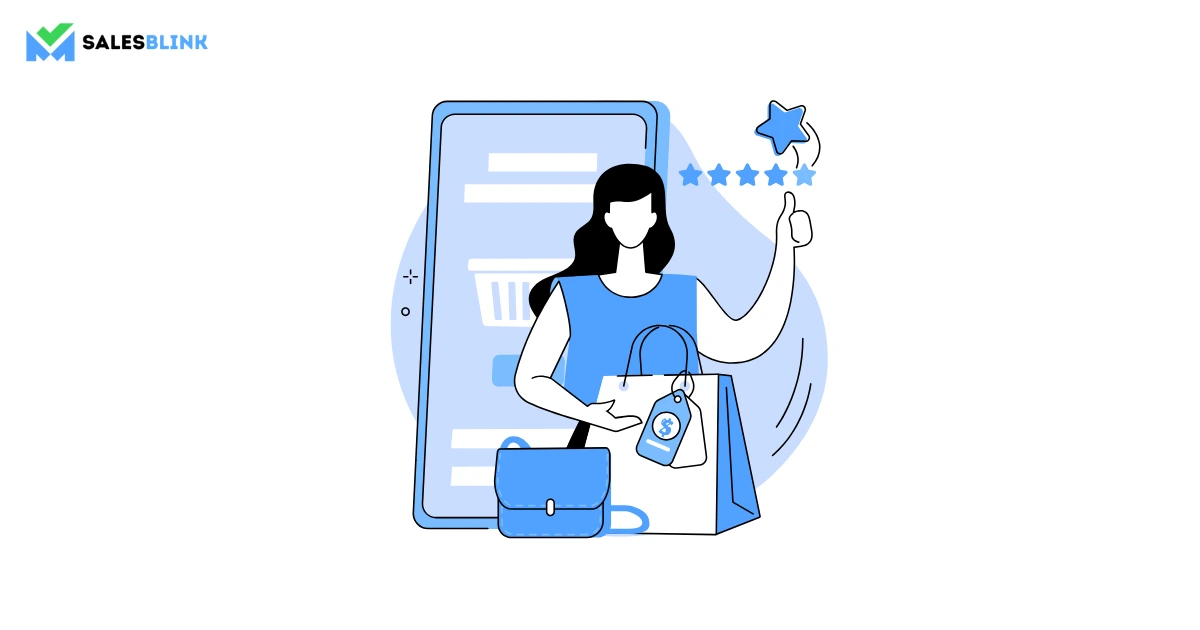
Think of personal selling as a friendly chat with a friend, but aim to be approachable and genuine. Don’t come across as pushy or robotic. Instead, build a connection by being yourself and showing a real interest in helping you find the right solution.
2. Prepare Well in Advance
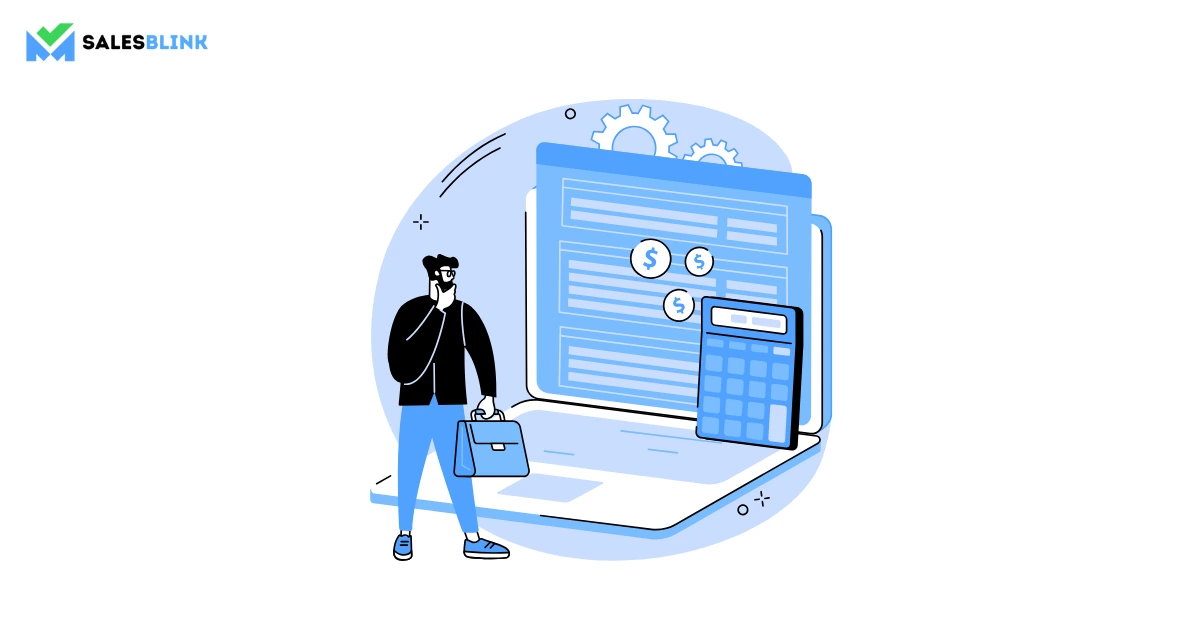
You have to do your homework before the sales conversation starts. Research prospects’ needs, preferences, and any challenges you might have. This preparation helps tailor your approach to the situation, making the interaction more meaningful.
3. Remember Your Buyer Personas
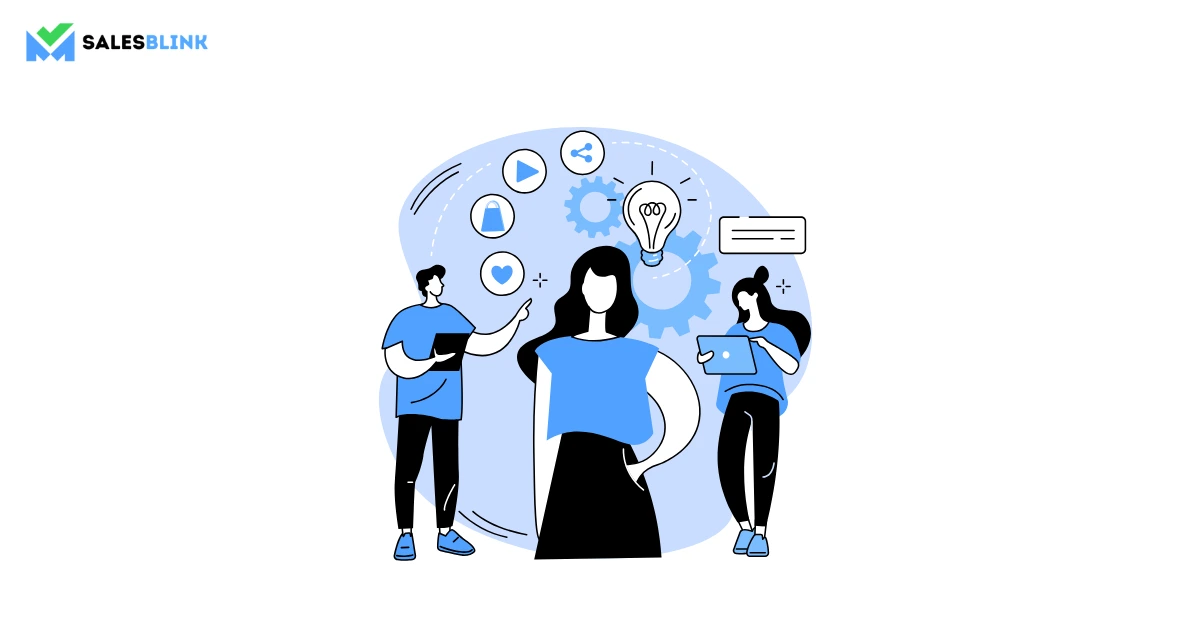
Always think about the people you want to reach out to. Consider their traits, the things they like, and the problems they might have. This way, you make sure your sales pitch matches what’s most important to them.
4. Ask the Prospect Plenty of Questions
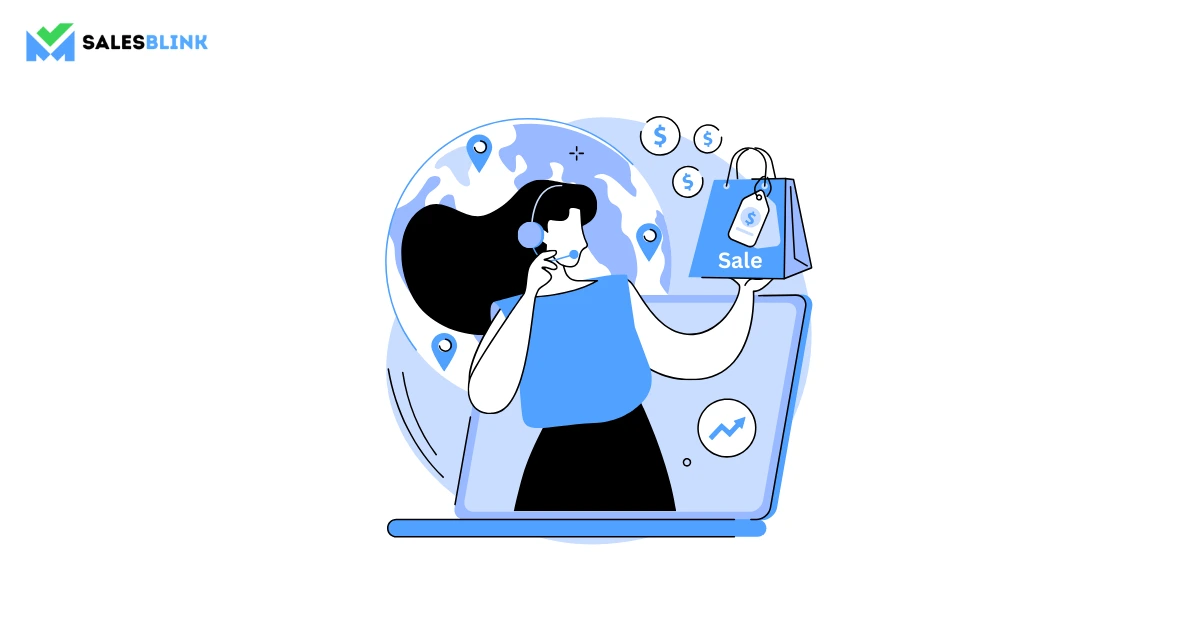
You should approach your prospects like detectives, using questions to understand their needs better. Instead of simply listing your product’s features, discover how your product can truly help potential customers. Through thoughtful questioning, you ensure your product perfectly matches them.
5. Focus on Prospect Satisfaction
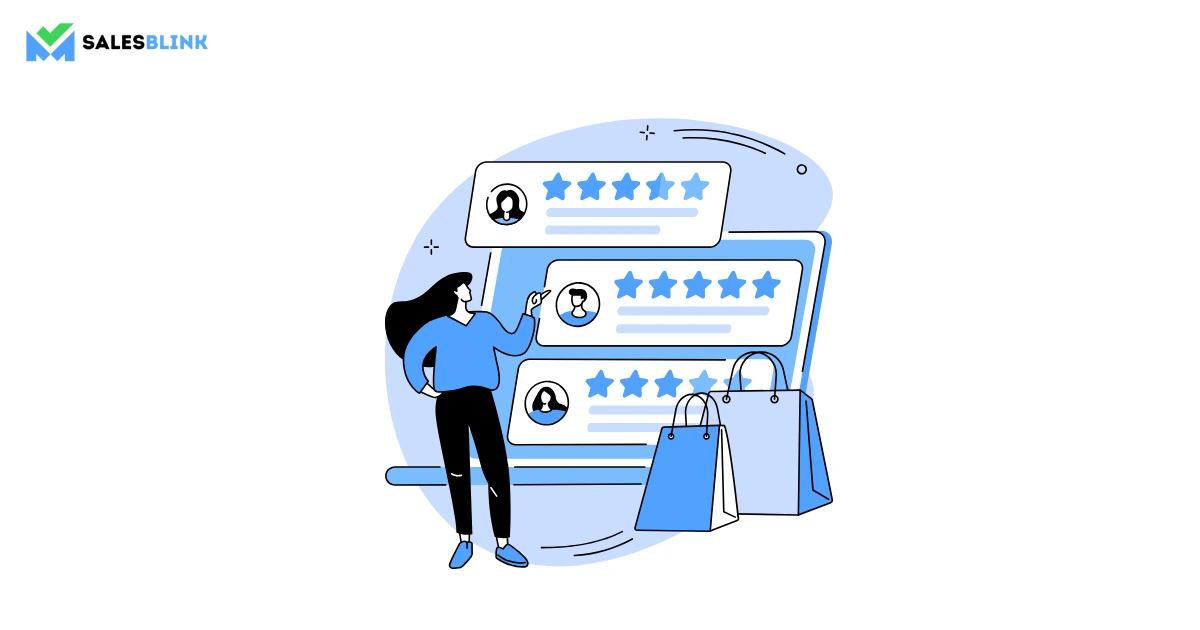
In personal selling, the goal goes beyond just making a sale. It’s about ensuring potential customers are happy with what they buy. Genuinely care about their experience and be ready to go the extra mile to resolve any issues or answer any questions they might have.
6. Focus on End Benefits, Not Product Features
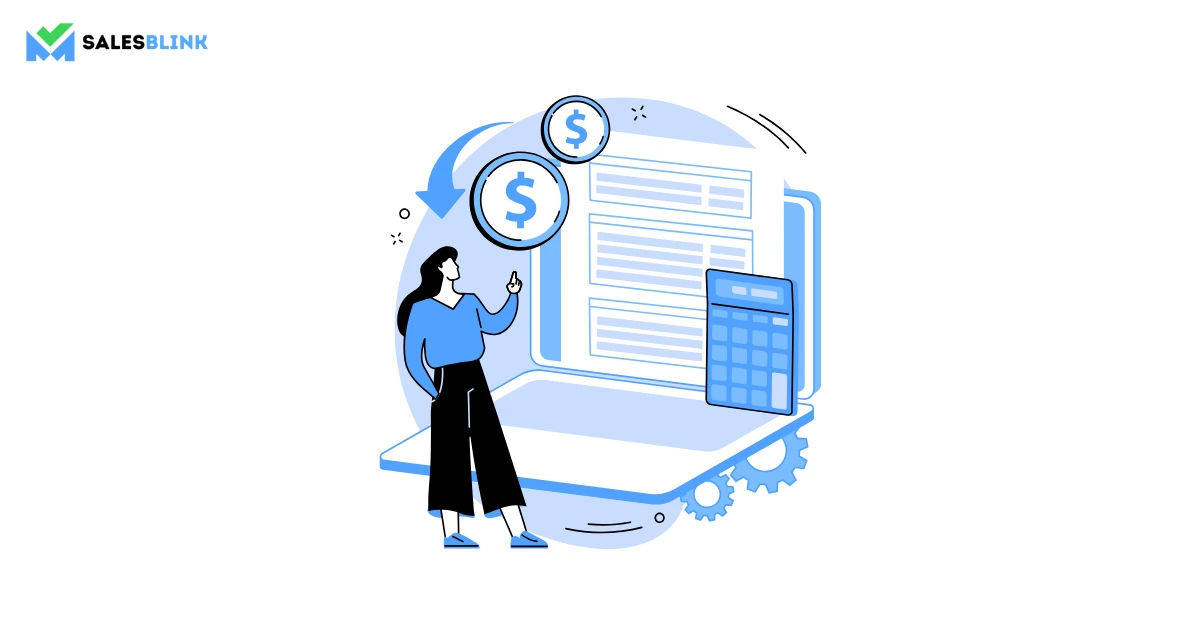
Instead of overwhelming people with technical jargon, emphasize how your product or service will improve their lives. Concentrate on the advantages they’ll experience, like saved time, stress reduction, or reaching their goals.
7. Personally Address Any Prospect Concerns
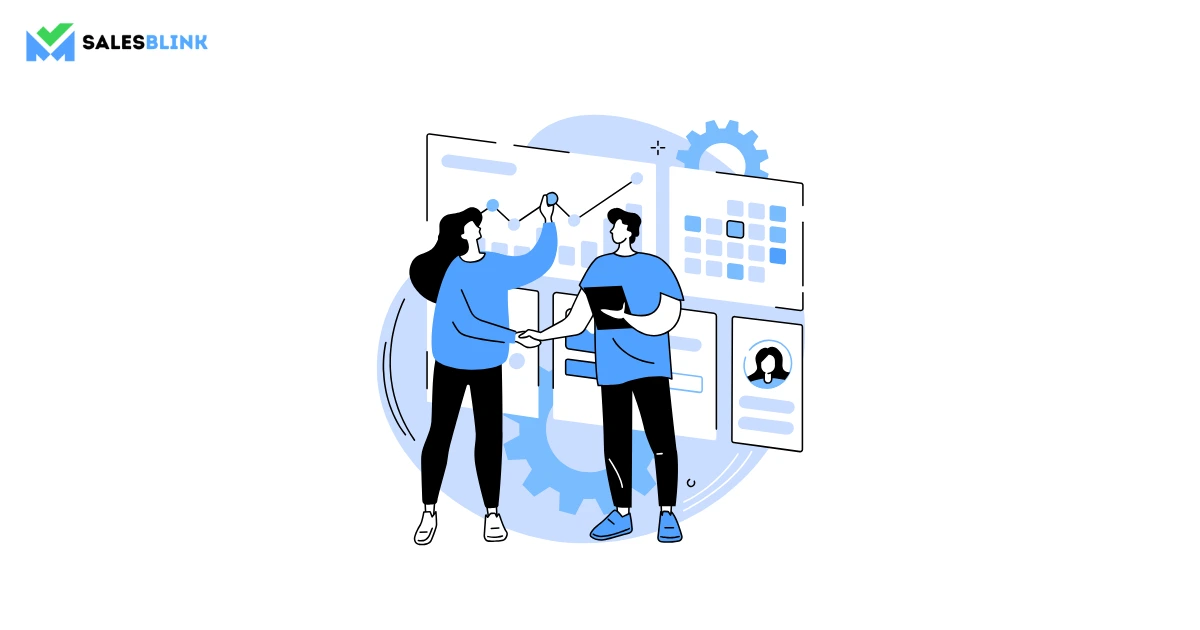
View the questions or concerns of potential customers as chances to offer clarity and solutions. Think of yourselves as solution-finders, always ready to assist potential buyers in overcoming any hurdles that might prevent them from purchasing.
8. Ask for the Sale
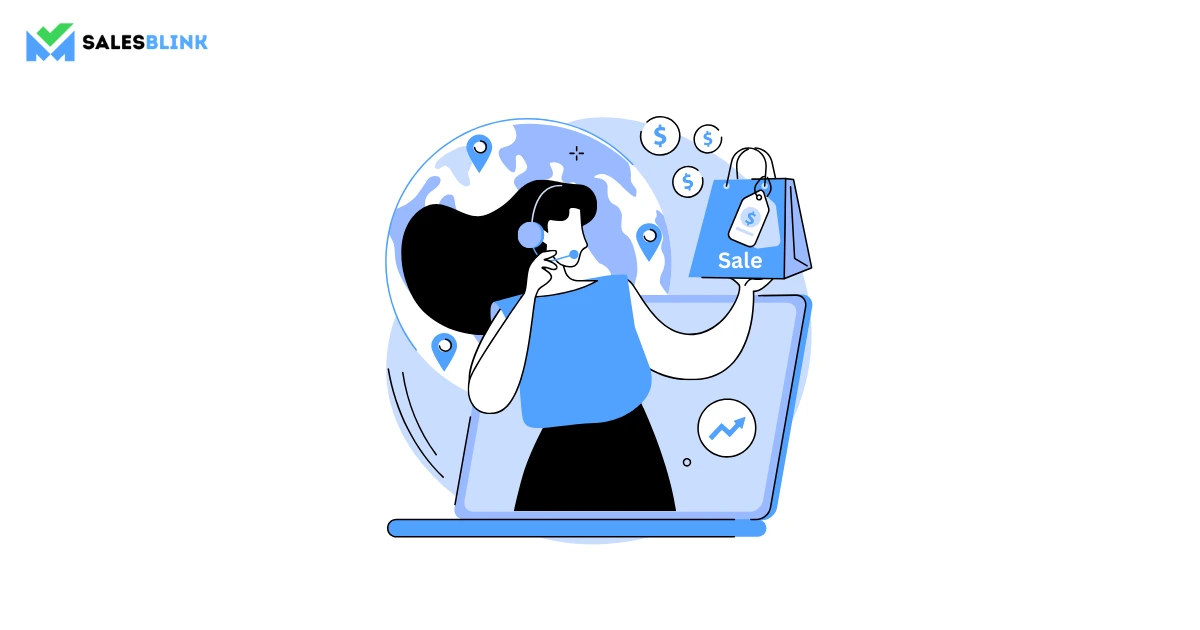
As the conversation nears its conclusion, prioritize ensuring the well-being and comfort of your potential customers. Ask if they are prepared to make a purchase, creating a moment similar to the thrilling climax of a captivating movie. Having effectively presented your product’s merits, invite them to take the next step.
9. Follow-Up After Purchase
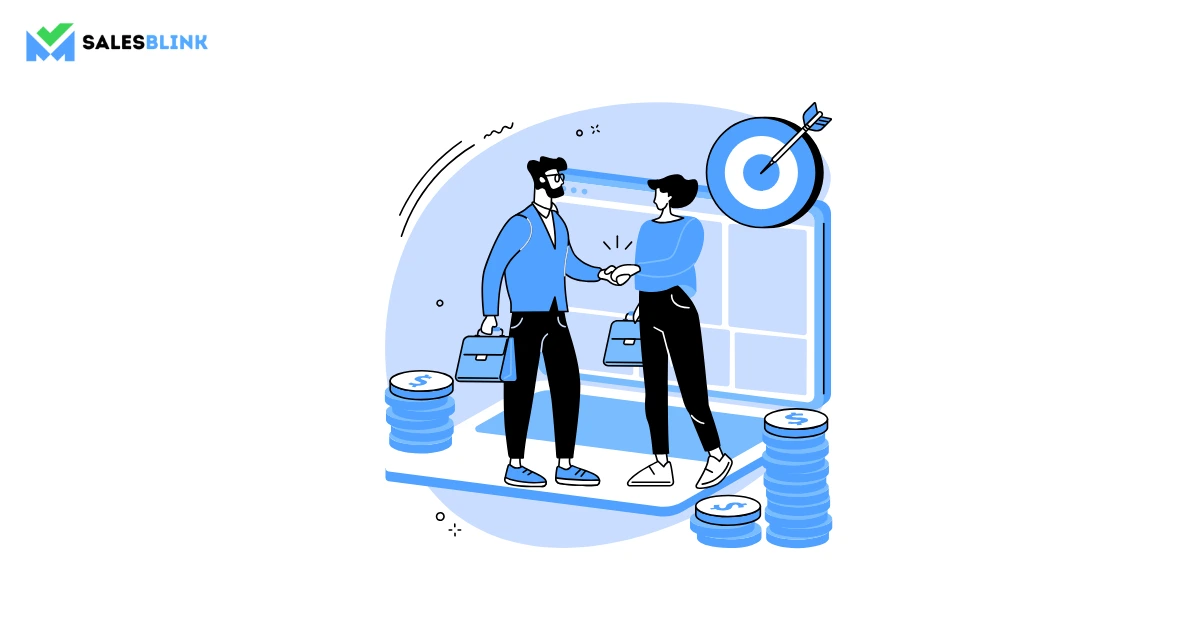
The sales journey doesn’t end with a sale. You have to care about customers’ long-term satisfaction. Follow up to ensure that customers are happy with their purchase and to address any additional needs or questions that may arise.
10. Consider Using Email Tracking Software
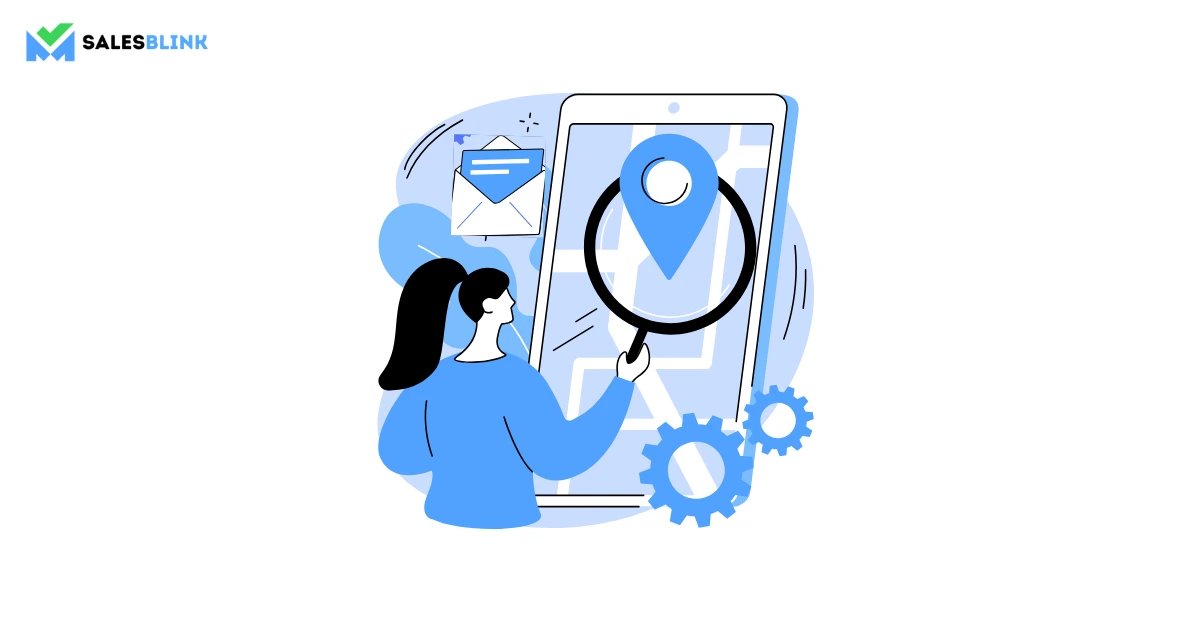
In today’s digital era, using email tracking software is a common practice. This software lets you see how people interact with your emails, which helps you send them the right information at the right time. It’s like keeping the conversation going, even when you can’t meet with customers in person.
Thus, personal selling is about building relationships and turning ideal leads into satisfied customers. It’s not about quick wins; it’s about creating lasting connections. The selling approach focuses on the potential customer and their journey towards finding the right solution, whether in a store or online.
Tips for Developing a Personal Selling Strategy
Developing a successful personal selling strategy is like creating a game plan to win. Here are some tips to help you:
1. Know Your Market
Understanding the people you want to sell to is essential. Think of it like knowing your audience in a play. Learn their needs, preferences, and problems to offer the right solutions.
2. Focus on the Right Leads
Not everyone will be a good fit for what you’re selling. Imagine you’re a fisherman; you want to catch the right fish. Concentrate on potential customers who are most likely to buy from you. Quality over quantity!
3. Remain Data-Informed
Keep track of what prospects are interested in or how they behave. It is like having a map on your journey. It helps you make smart decisions and tailor your approach.
4. Be Ready to Help
Personal selling isn’t just about selling. It’s about helping potential customers solve problems. Think of yourself as a helpful guide. Be there to answer questions, provide solutions, and make their lives easier.
5. End Each Meeting with an Action
Don’t leave things hanging when you finish talking to a prospect. It’s like finishing a chapter in a book. Make sure there’s a clear next step, whether it’s a follow-up call, sending more information, or sealing the deal.
By following these tips, you’ll be well on your way to creating an effective and customer-focused personal selling strategy.
Personal Selling Skills
Here are some essential skills you can have as a salesperson:
- Listening: Salespeople need to be great listeners. It’s like paying full attention to what the potential customer says to understand their needs better.
- Communication: Being able to explain things clearly is crucial. It’s like telling a story that helps potential customers see how your product can solve their problems.
- Empathy: Salespeople should understand how the prospect feels. It’s like putting yourself in their shoes to show you care about their concerns.
- Problem-Solving: Finding solutions to prospect issues is key. It’s like being a detective, figuring out the best way to help them.
- Adaptability: Being flexible and adjusting your approach is essential. It’s like changing your game plan when needed to meet the potential customer’s needs.
- Confidence: Believing in your product and yourself is important. It’s like showing the prospect you’re sure your solution is right.
Personal Selling Examples
Here are some everyday examples of personal selling:
1. Business Consulting
Imagine a business consultant meeting with a small company owner. The consultant listens to the owner’s challenges, asks questions, and offers tailored advice on improving the business. It’s like having a personal business coach who helps the owner make smart decisions.
2. Software sales
When customers purchase software, particularly for their organization, it’s a complex process. Buyers must evaluate various tools and solutions, and gaining approval across the company is crucial. Business software decisions typically involve 6 to 10 decision-makers, which makes the sales process lengthy. That’s why personal selling is essential in the software industry.
Salespeople play a vital role in helping potential customers comprehend how the software can be customized for their specific requirements and effectively communicate its features to others within their organization.
HubSpot is an excellent example of personal selling in the context of software. HubSpot provides a suite of software solutions designed for marketing, sales, and customer service.
3. Real Estate
Buying real estate for personal use or business is a big deal. It’s not just about the money; it also means asking questions and visiting many properties. It is similar to sales presentations in many ways. That’s why real estate agents have the job of finding the right potential buyers and convincing them to purchase the property by building a bond with them.
The Power of Personal Selling: Connecting People and Solutions
In this journey through personal selling, we’ve uncovered the strategies and skills you can use as a sales professional to connect with potential customers, understand their needs, and guide them to make informed decisions. Whether in software sales, real estate, or any other field, this selling approach is like the secret sauce that turns potential leads into satisfied customers.
Further, personal selling is about building relationships and ensuring you get what you need. It’s like having a trusted friend by your side while making important choices.
We hope you found this post useful. Don’t forget to thank us once you see improved sales!
FAQs
A: Personal selling is a one-on-one sales approach where salespeople connect with potential customers to understand their needs and offer tailored solutions, building strong relationships to ensure customer satisfaction and long-term loyalty.
A: Personal selling matters because it creates trust, solves prospect worries, and guides them in making smart buying choices. It’s like having a friendly expert to assist you in finding the perfect product. Plus, it builds long-term customer relationships.
A: To improve personal selling, practice talking to potential customers, listen carefully to what they say, and try to understand their feelings. Also, learn as much as you can about what you’re selling. Keep learning from your experiences and seek feedback.
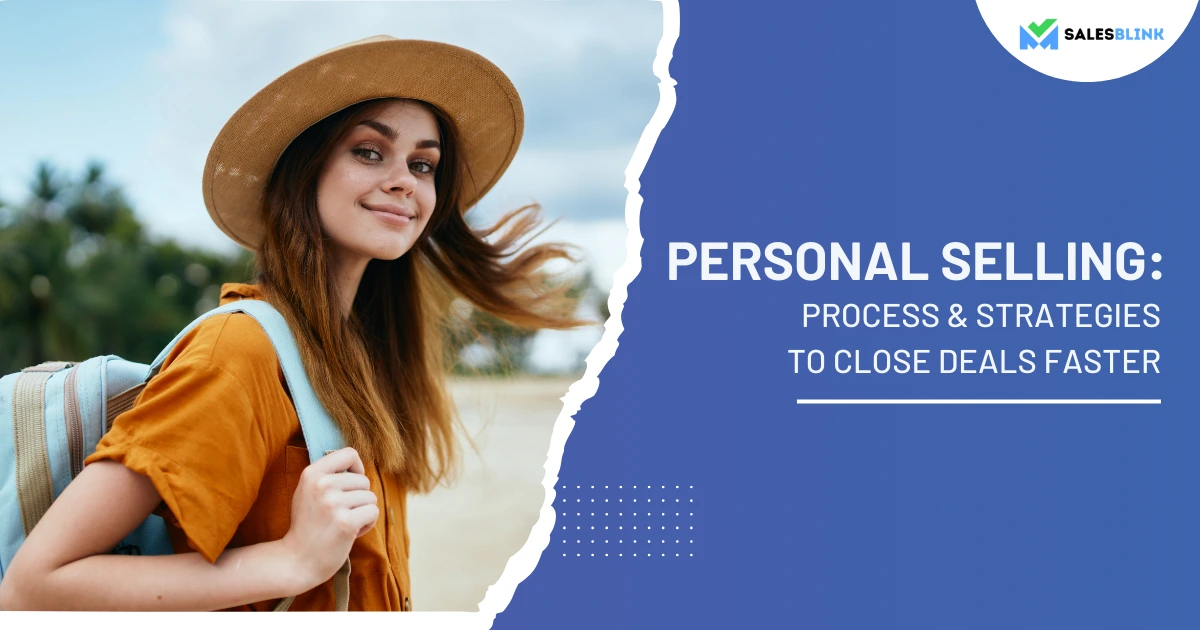
Leave a Reply